- About us
- Support the Gallery
- Venue hire
- Publications
- Research library
- Organisation chart
- Employment
- Contact us
- Make a booking
- Onsite programs
- Online programs
- School visit information
- Learning resources
- Little Darlings
- Professional learning
Hostilities between colonisers and First Peoples in lutruwita (Tasmania) in the 1820s led to a policy for the removal of the Palawa to Wybalenna, a mission station on Flinders Island in Bass Strait. An evangelically inclined settler named George Augustus Robinson was appointed to bring this policy into effect. Between 1830 and 1835 he conducted a series of journeys around the island by which Palawa were persuaded into banishment. Trukanini (c. 1812–1876) was one of the leaders who acted as Robinson’s guide. A Nuennone woman, Trukanini experienced the loss of her mother, sister and intended husband – all because of white violence – at a young age, and she joined Robinson’s mission believing it might help prevent further bloodshed. She was among the people exiled to Wybalenna in 1835, but held to her traditional ways despite the expectation that the people there would adopt European customs and religion.
Trukanini and her compatriots are the subject of many portraits, made between the 1830s and the 1870s by artists including painter Benjamin Duterrau and sculptor Benjamin Law. Photographs such as this – originally taken by Charles Woolley in nipaluna in 1866 and reprinted in the 1890s – would have been read by colonists as ‘admirable likenesses’ and evidence of a supposedly disappearing culture. Yet what they reveal is that their subjects remained fiercely proud of their traditions and defiant in the face of concerted efforts to negate or diminish their culture and identity. Trukanini's portrait, for example, shows her wearing maireener shell necklaces – the making of which remains a powerful cultural tradition for descendants of her contemporaries.
Purchased 2011
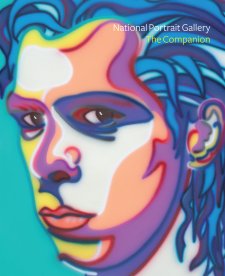
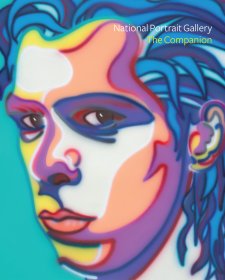

On one level The Companion talks about the most famous and frontline Australians, but on another it tells us about ourselves.
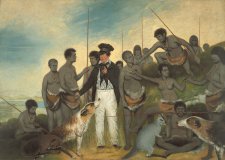
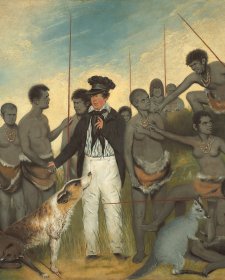
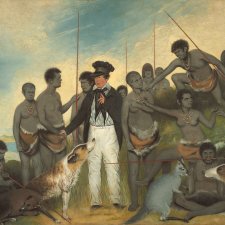
Gareth Knapman explores the politics and opportunism behind the portraits of Tasmania’s Black War.
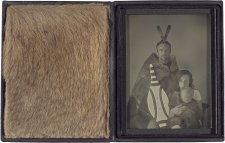
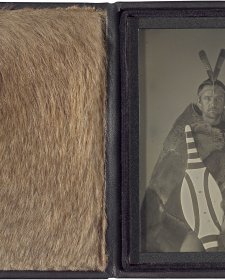
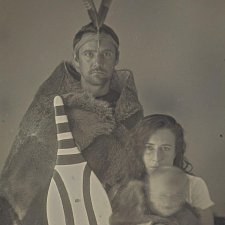
This sample of 56 photographs takes in some of the smallest photographs we own and some of the largest, some of the earliest and some of the most recent, as well as multiple photographic processes from daguerreotypes to digital media.